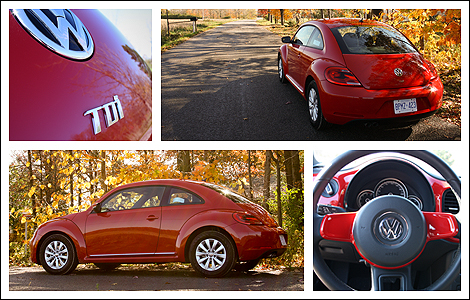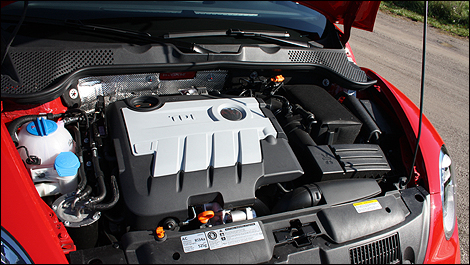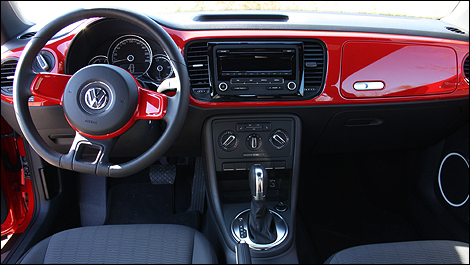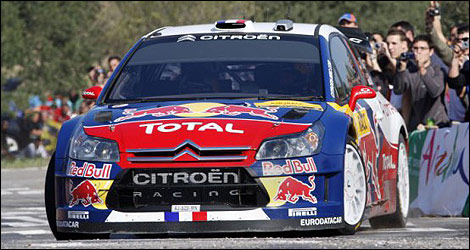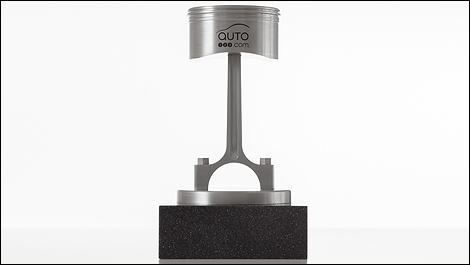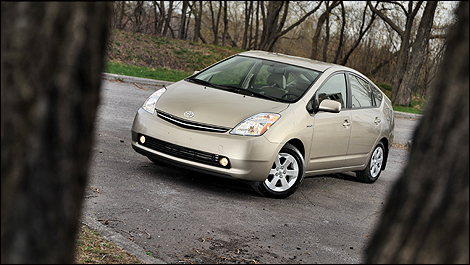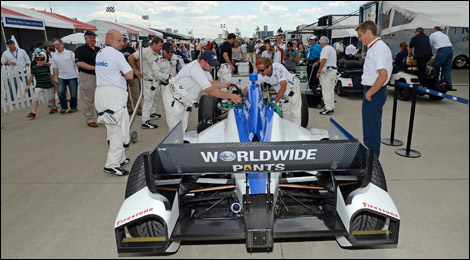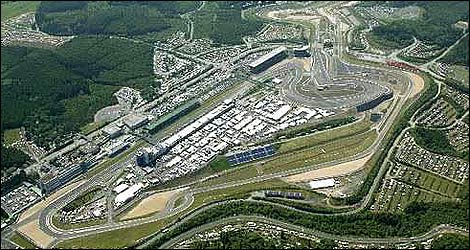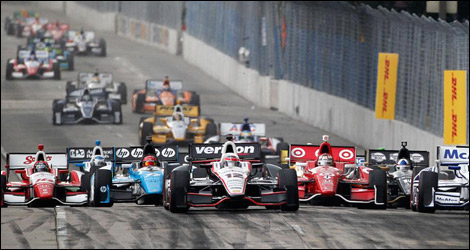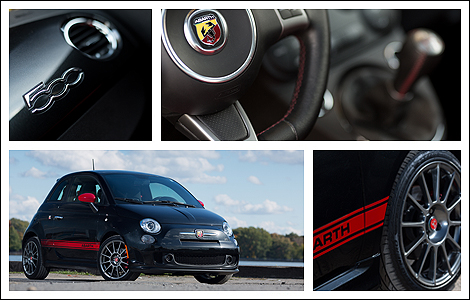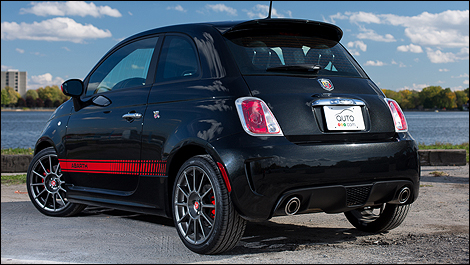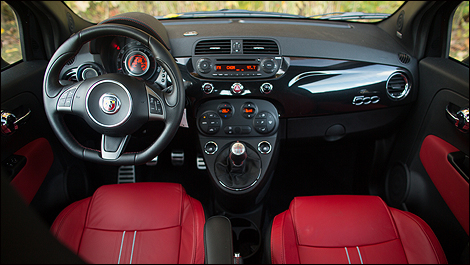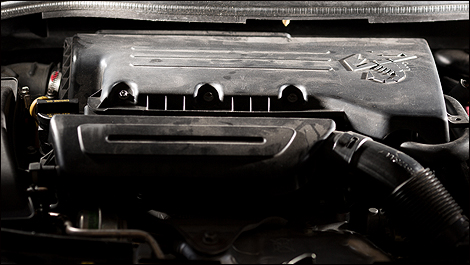Nov
14th
Stay connected Subscribe to our RSS feed
Friday will mark the first time that 2012 Formula 1 cars will tackle the new Circuit of the Americas, the new home of the United States Grand Prix. Renault Sport engineers explain here the many technical challenges of this ondulating track.
From Renault Sport
Simulations predict an average speed over one lap of 196kph during the race and just over 205kph during qualifying. There are two long straights but the average speed is lowered by the high volume of low gear corners; eight of the 20 turns are taken in third gear or lower. This puts the Circuit of the Americas in a similar bracket to Valencia.
Similar to Abu Dhabi, the longest straight is not the pit straight, but rather the burst between turns 11 and 12. The straight here is 1,016m, meaning the RS27 will spend a touch over 13secs at wide open throttle. Top speed is predicted to be 314kph at the end of this straight and the engine will spend 2.5secs at max revs before braking for the hairpin of turn 12.
The second long straight is the pit straight. Both straights run in different directions so correctly selecting seventh gear will depend on wind direction on the day. Selection for the one may compromise end of straight speed for the other, so ambient conditions will be carefully monitored throughout Friday practice to find the optimum ratio.
The track is similar in power sensitivity to Malaysia, with 57% of the lap taken at full throttle during the race, and just under 60% during qualifying. The predicted lap time is around 1min 39secs.
Three hairpins triangulate the track; turns 1, 11 and 12. Revs will drop to 9,500rpm and the car speed to just 80kph. All three come after a long period of open throttle, meaning engine braking and rear stability on the apex are crucial. The exits and correct engine response from the hairpins are however equally important since they each lead back onto another straight.
Fuel consumption is one of the highest of a season over one lap, similar to Abu Dhabi. The lower temperatures of Austin offset its relatively high altitude and change of gradient, but low ambient humidity and the twisty first and last sectors where the driver is constantly on and off the throttle increase consumption. The starting fuel load will be one of the heaviest of the year, on a par with Abu Dhabi and Melbourne.
From Renault Sport
Simulations predict an average speed over one lap of 196kph during the race and just over 205kph during qualifying. There are two long straights but the average speed is lowered by the high volume of low gear corners; eight of the 20 turns are taken in third gear or lower. This puts the Circuit of the Americas in a similar bracket to Valencia.
Similar to Abu Dhabi, the longest straight is not the pit straight, but rather the burst between turns 11 and 12. The straight here is 1,016m, meaning the RS27 will spend a touch over 13secs at wide open throttle. Top speed is predicted to be 314kph at the end of this straight and the engine will spend 2.5secs at max revs before braking for the hairpin of turn 12.
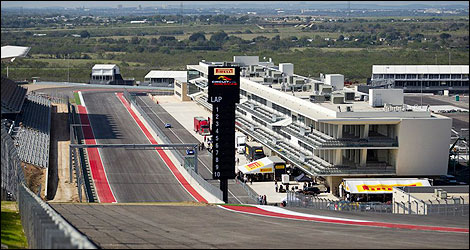 |
| Main straight line. (Photo: Circuit of the Americas) |
The second long straight is the pit straight. Both straights run in different directions so correctly selecting seventh gear will depend on wind direction on the day. Selection for the one may compromise end of straight speed for the other, so ambient conditions will be carefully monitored throughout Friday practice to find the optimum ratio.
The track is similar in power sensitivity to Malaysia, with 57% of the lap taken at full throttle during the race, and just under 60% during qualifying. The predicted lap time is around 1min 39secs.
Three hairpins triangulate the track; turns 1, 11 and 12. Revs will drop to 9,500rpm and the car speed to just 80kph. All three come after a long period of open throttle, meaning engine braking and rear stability on the apex are crucial. The exits and correct engine response from the hairpins are however equally important since they each lead back onto another straight.
Fuel consumption is one of the highest of a season over one lap, similar to Abu Dhabi. The lower temperatures of Austin offset its relatively high altitude and change of gradient, but low ambient humidity and the twisty first and last sectors where the driver is constantly on and off the throttle increase consumption. The starting fuel load will be one of the heaviest of the year, on a par with Abu Dhabi and Melbourne.
 The latest auto news, reviews, prices, product and vehicle releases.
The latest auto news, reviews, prices, product and vehicle releases. 